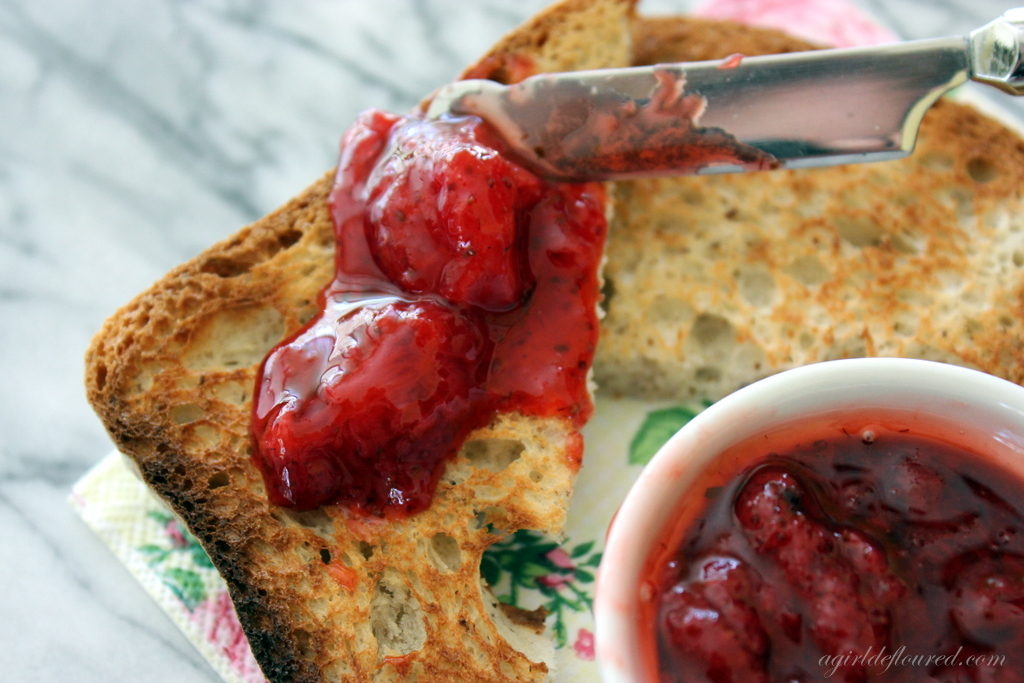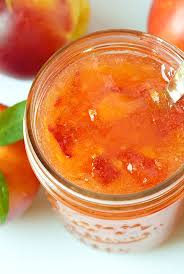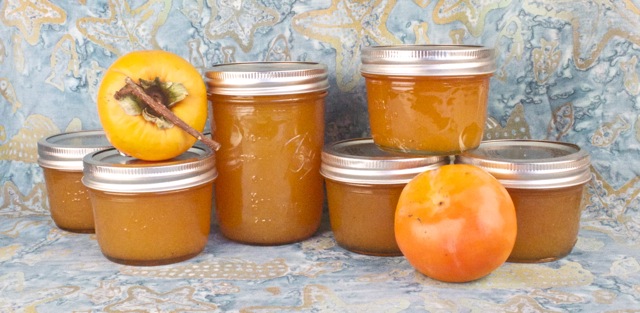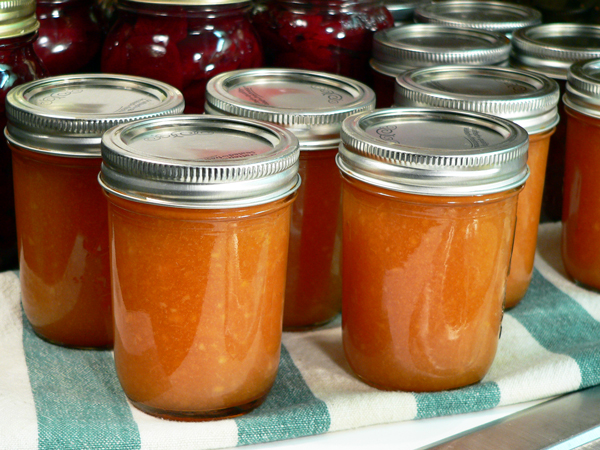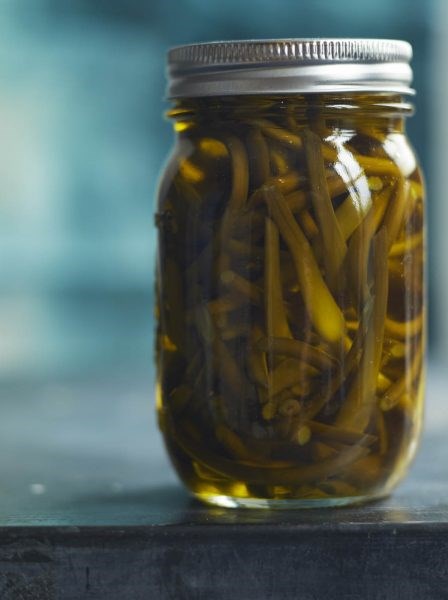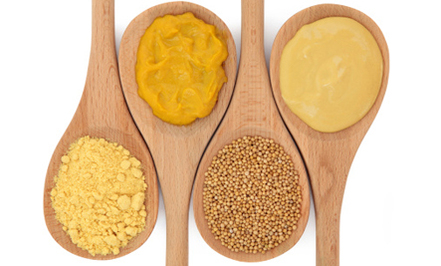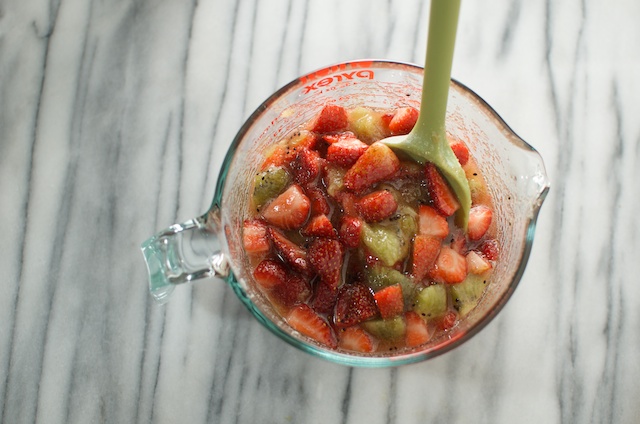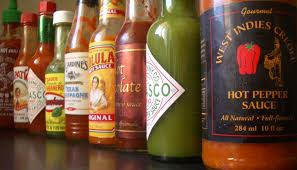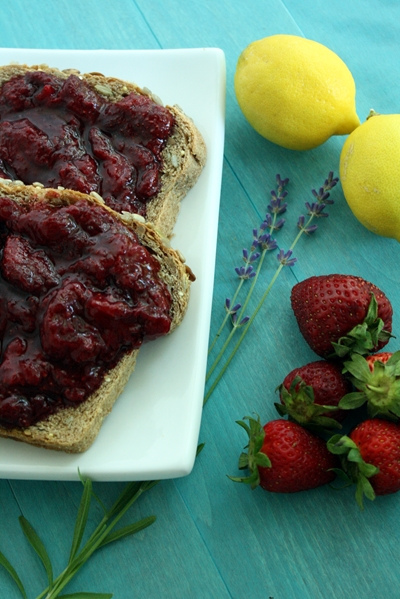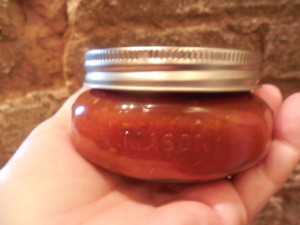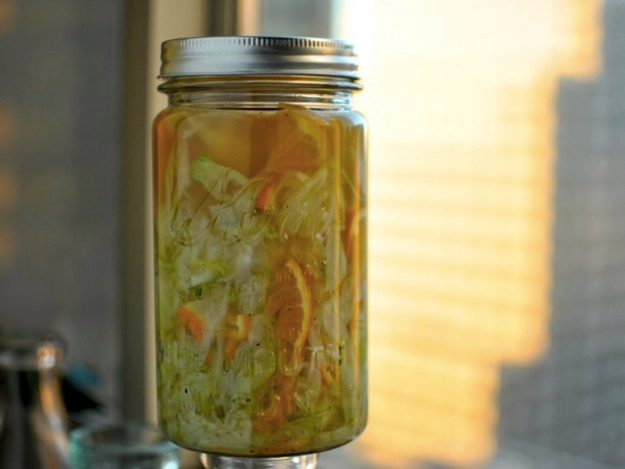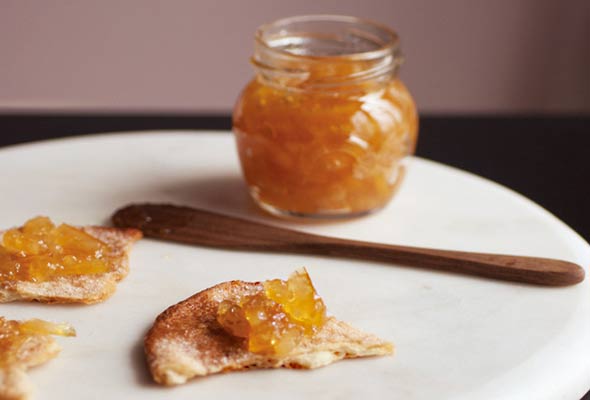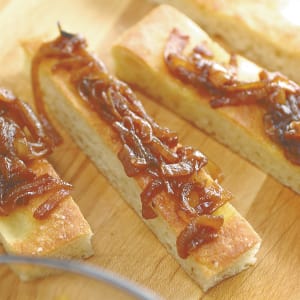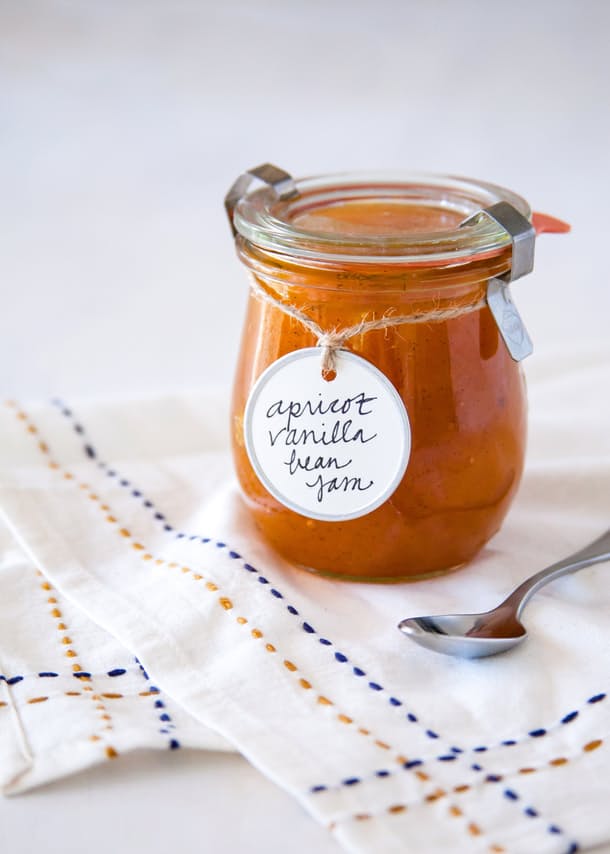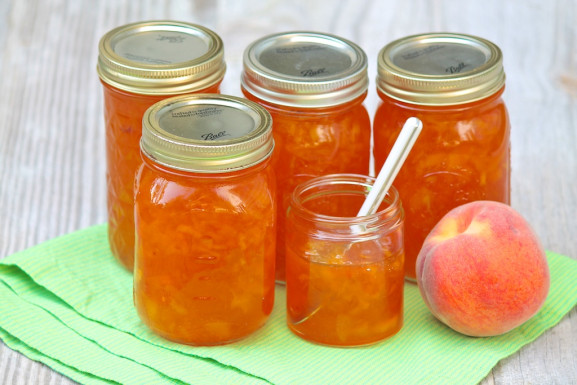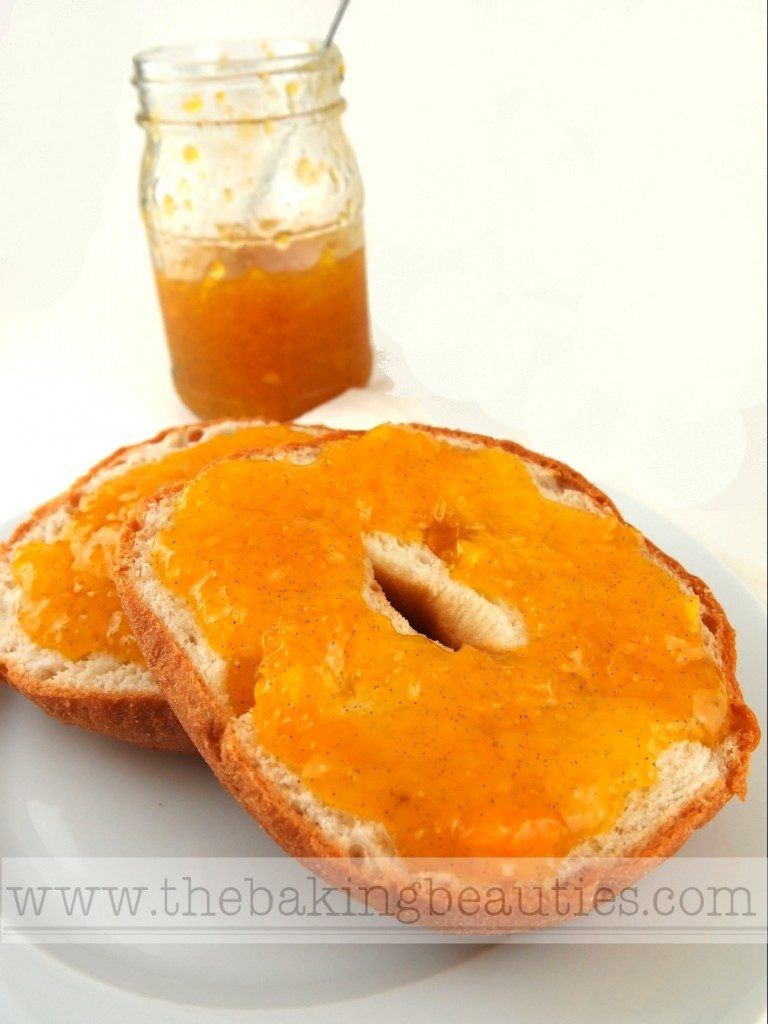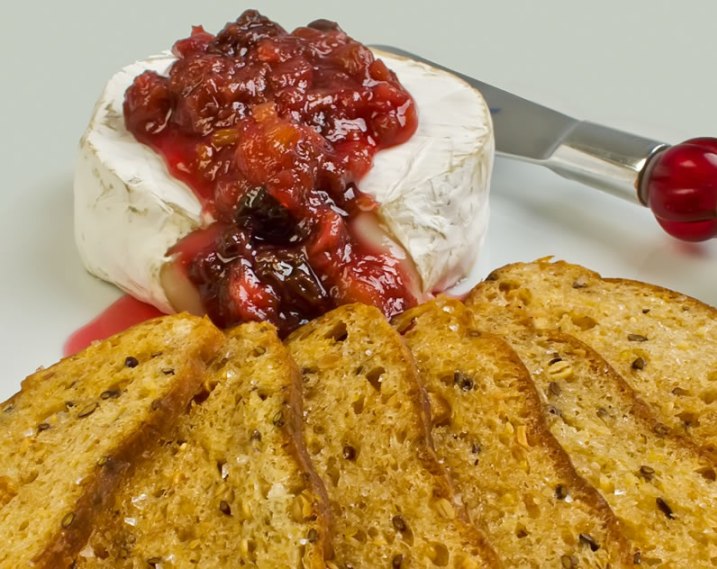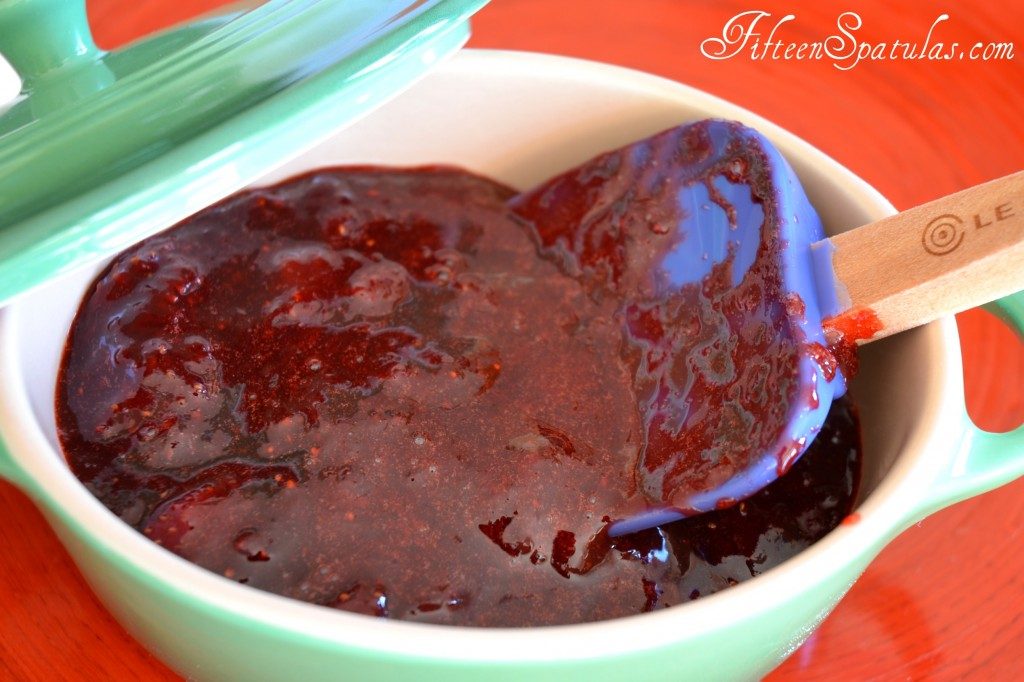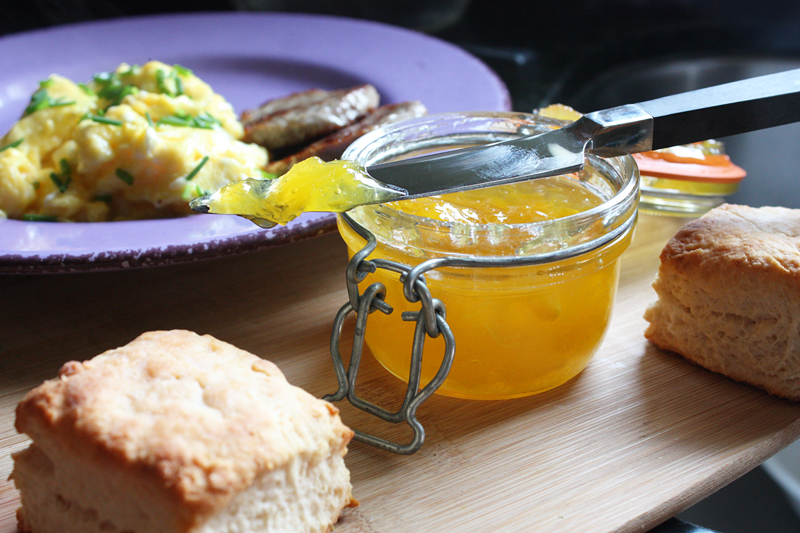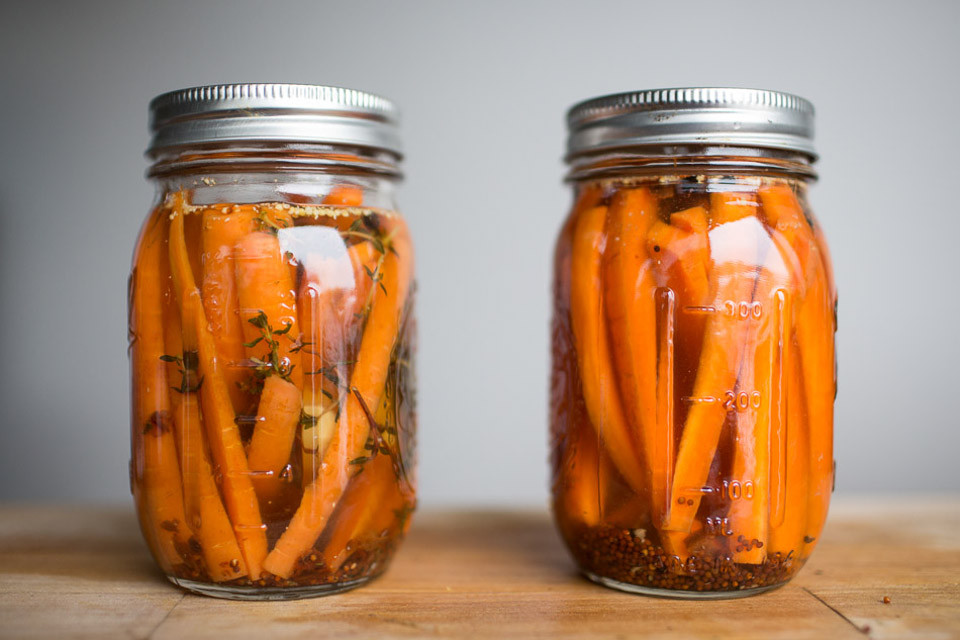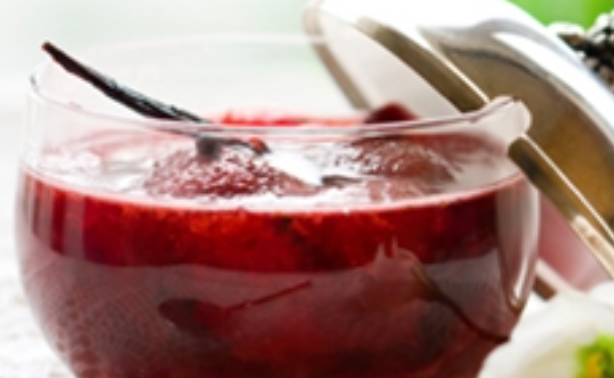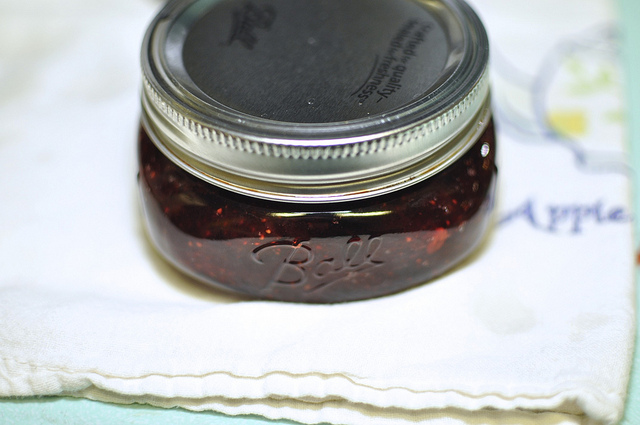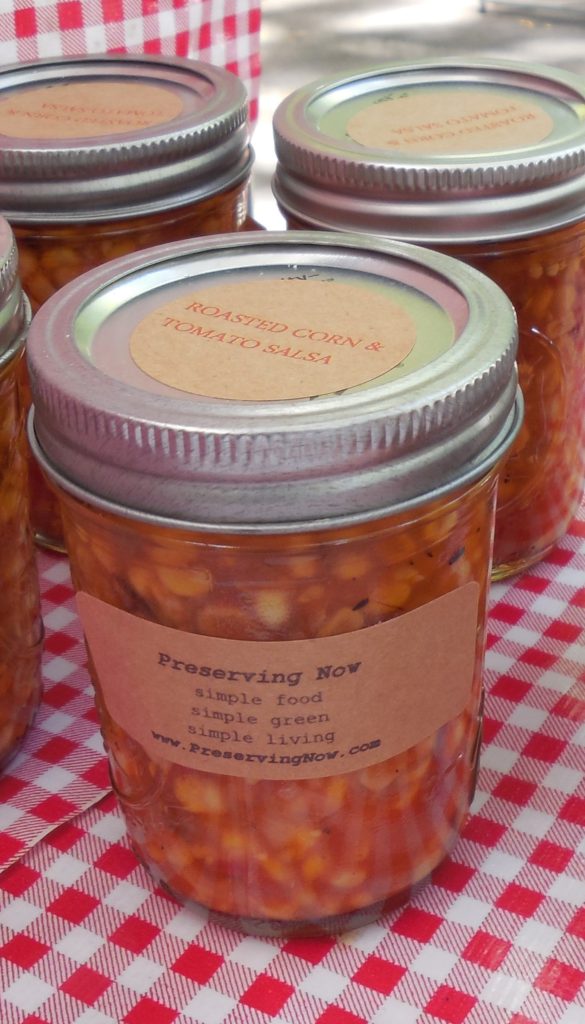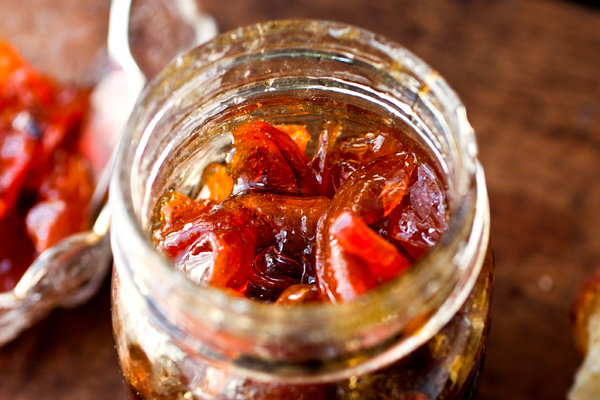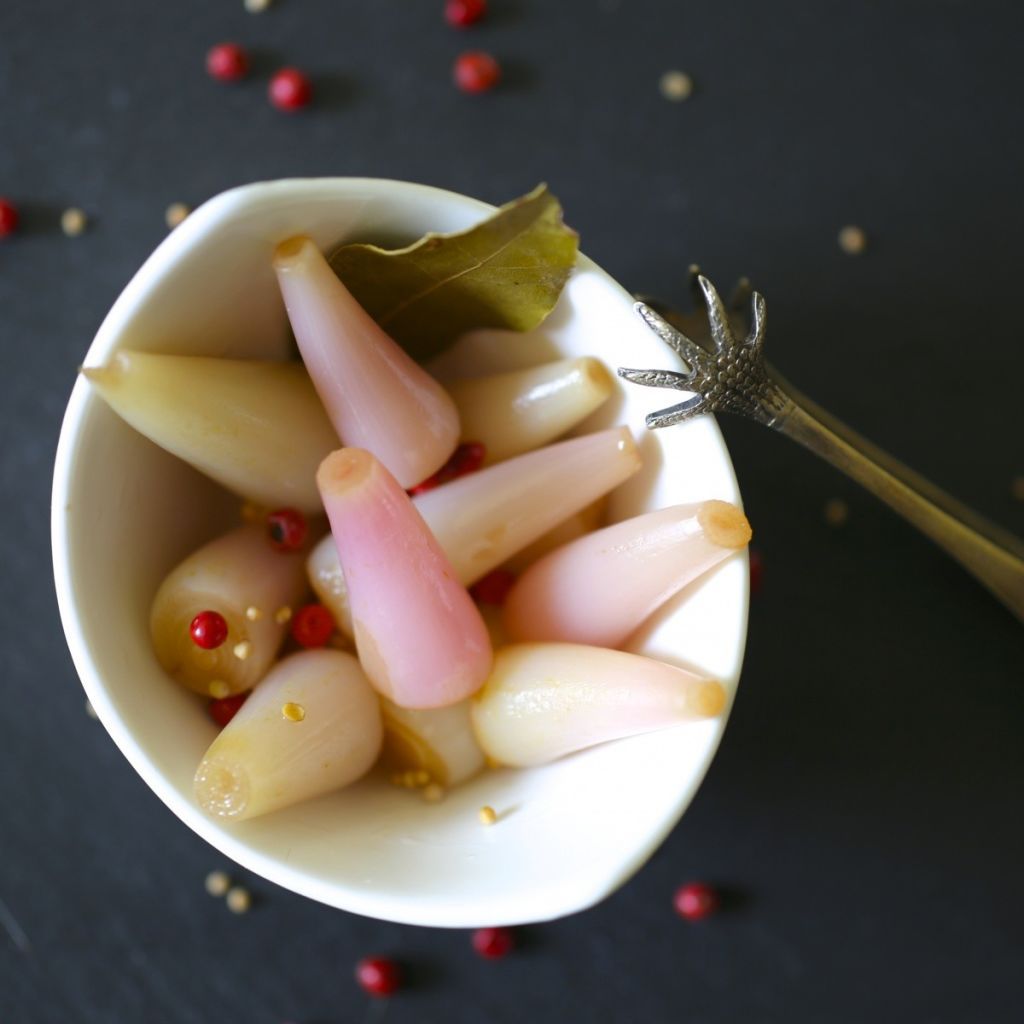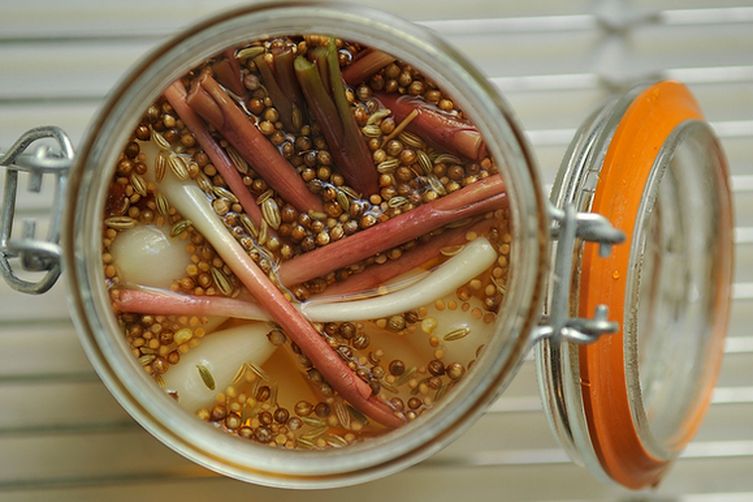Cheese Cracker Stars
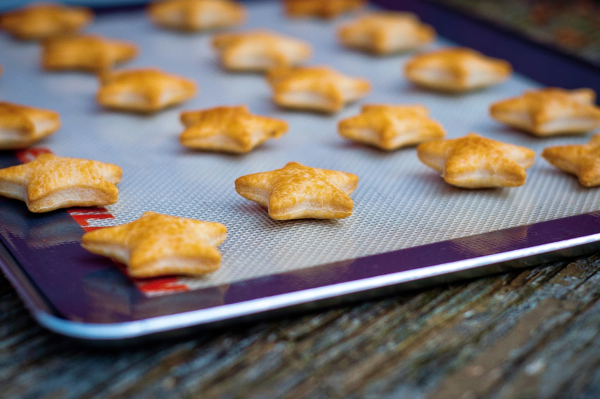 8 T. cold unsalted butter, cut into 16 pieces
8 T. cold unsalted butter, cut into 16 pieces
1/4 lb. Gruyere, Cheddar, Manchego or Emmenthal, grated (about 1 C.)
1/2 tsp. salt
1/8 tsp. freshly ground white pepper
pinch Cayenne
1 C. plus 2 T. (275 mL) all-purpose flour
Put the butter, cheese, salt, white pepper and cayenne in a food processor and pulse until the butter is broken up into uneven bits and the mixture forms small curds. Add the flour and pulse until the dough forms moist curds again — these will be larger. There are times, though, when you pulse and pulse and never get curds — in that case, just process for a minute, so that everything is as moist as possible. Turn the dough out onto a work surface and knead it gently until it comes together. Divide the dough in half, pat each half into a disk, and wrap the disks in plastic. Chill for at least an hour or for up to 3 days. Centre a rack in the oven and preheat the oven to 350°F (180°C). Line a baking sheet with a silicone baking mat or parchment paper. Working with 1 disk at a time, roll the dough out between sheets of plastic wrap or wax paper to a scant 1/4 inch (6 mm) thick. Using a small cookie cutter– I use a cutter with a diameter of about 1¼ inches (3 cm)– cut the dough into crackers. Gather the scraps together, so you can combine them with the scraps from the second disk, chill and roll them out to make more crackers. Place the rounds on the baking sheet, leaving a scant inch (2.5 cm) between the rounds. Bake for 14 to 17 minutes, or until the crackers are lightly golden and firm to the touch; transfer the crackers to a rack to cool. Repeat with the second disk of dough (and the scraps), making certain that your baking sheet is cool. You can serve these while they’re still a little warm, or you can wait until they reach room temperature.
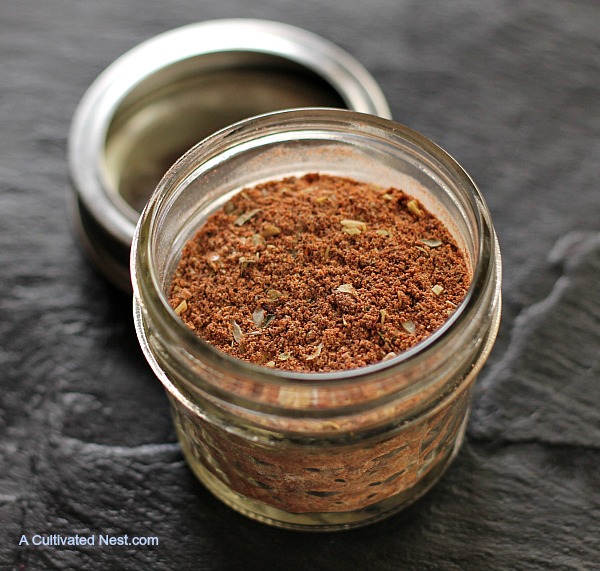
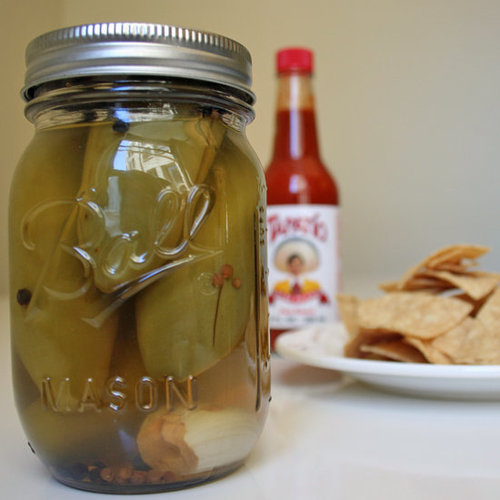
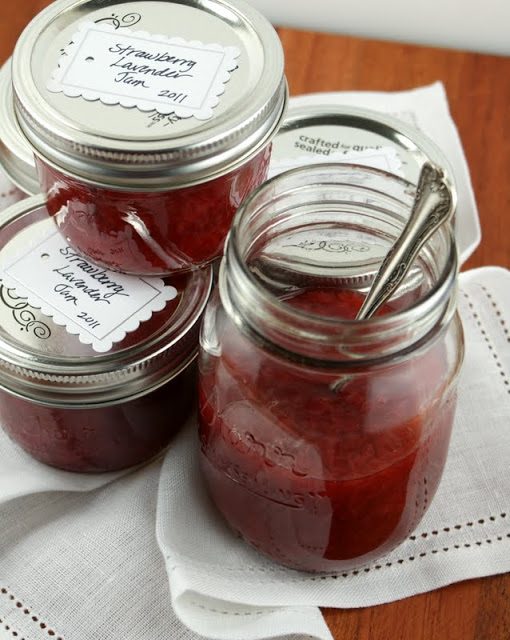
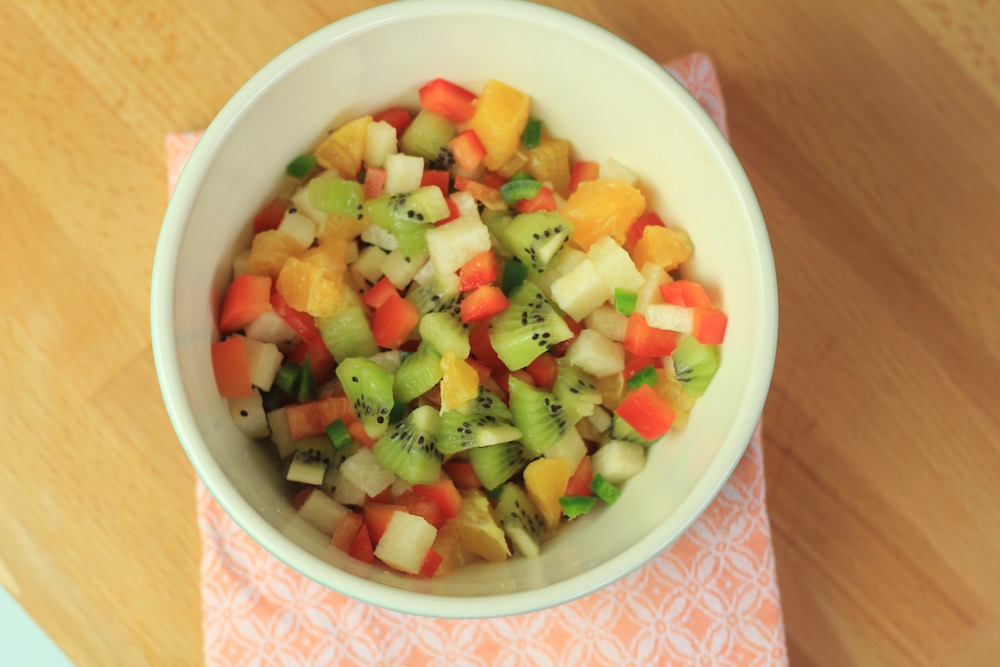 3 to 4 California kiwifruit, peeled and diced (1 ½ C.)
3 to 4 California kiwifruit, peeled and diced (1 ½ C.)